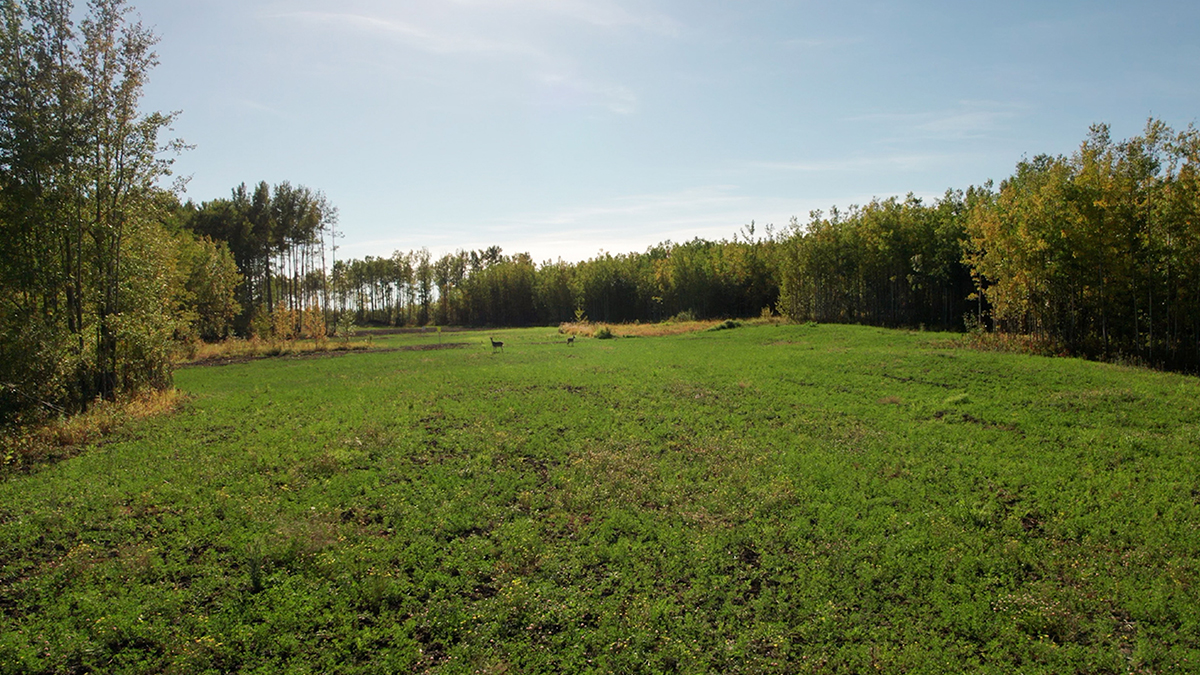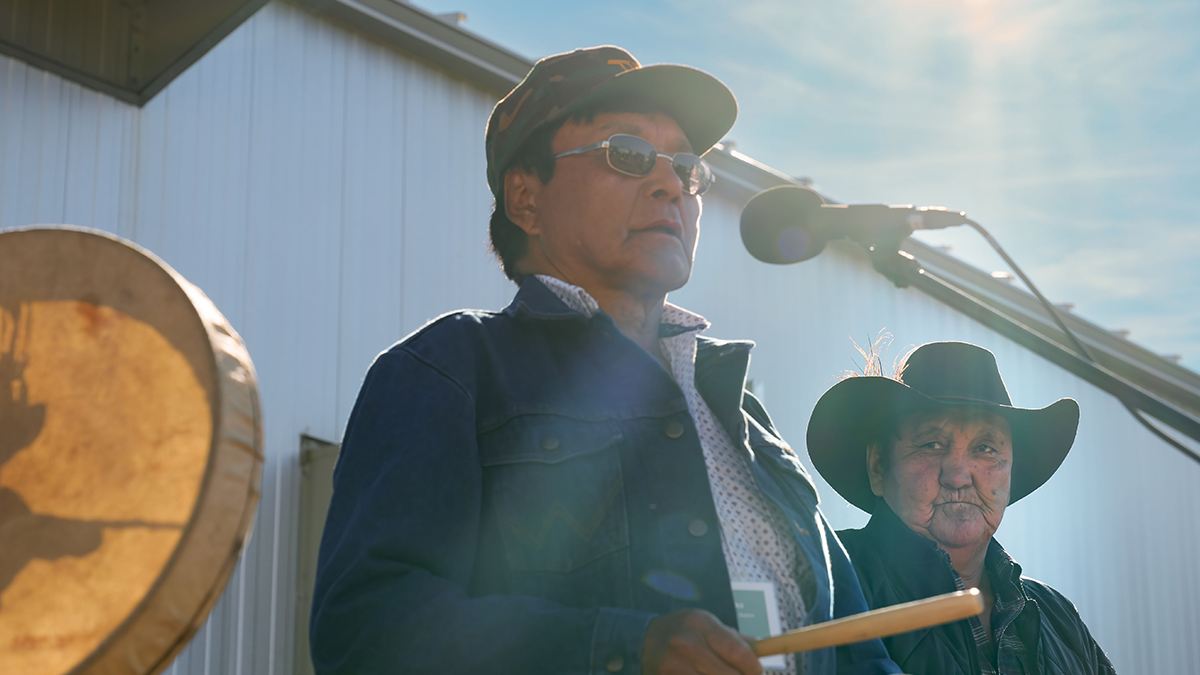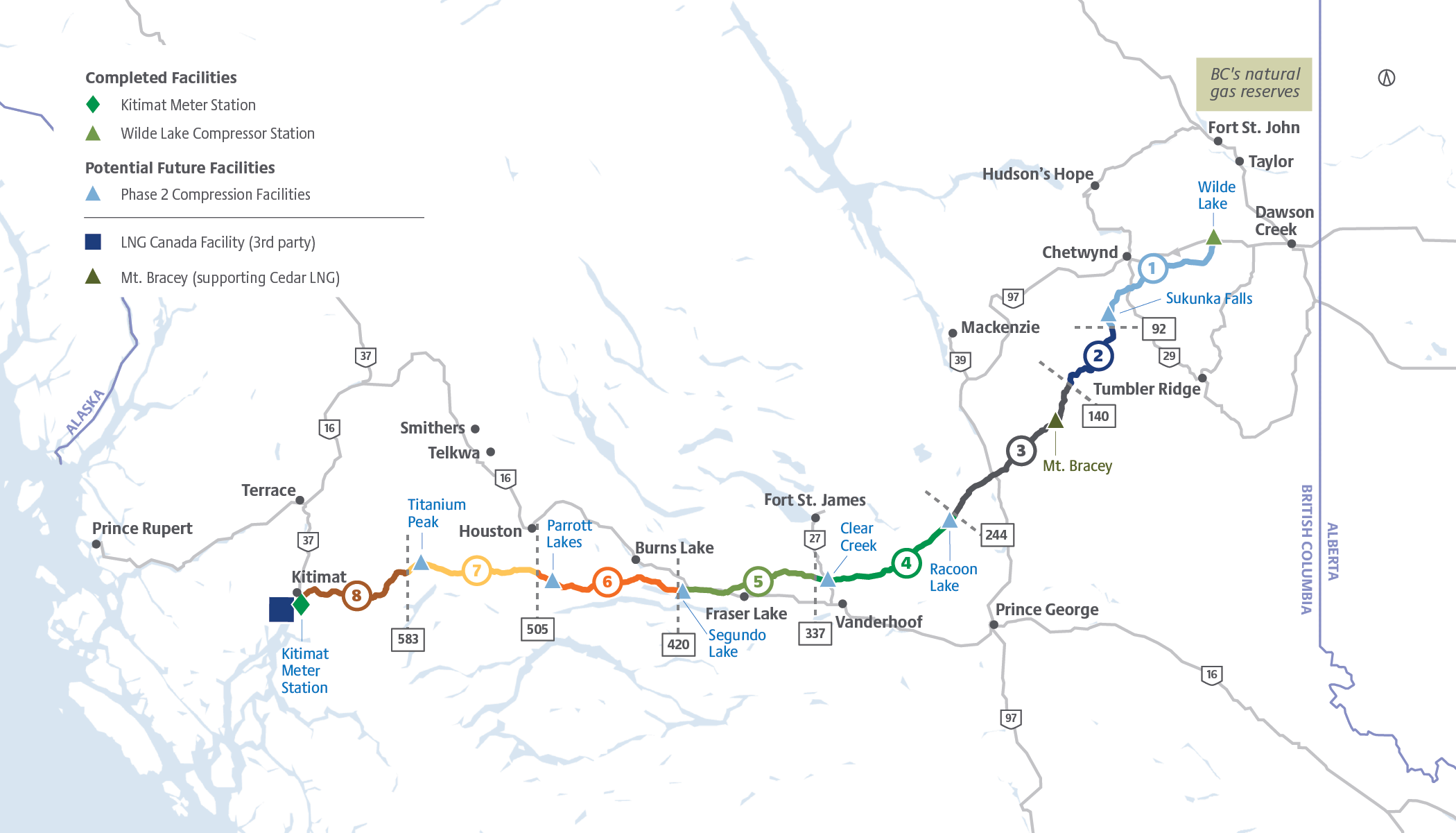Project details
Phase 2 would not require any additional pipeline. Instead, it could involve the construction and operation of:
- Compressor stations at up to six locations, located at regular intervals along the existing pipeline route.
- Modifications at existing/planned facilities:
- Wilde Lake Compressor station – additional cooling equipment and meter runs, associated buildings and piping within existing meter stations
- Kitimat Meter Station – additional separator and piping within the existing station
- Planned LNG Link Meter Station (located within the LNG Canada facility) – additional meter run, associated building and piping
Our current focus is on developmental work to assess the full potential of Phase 2, including:
- scope refinements
- engineering
- permitting requirements
- financial analysis
- engagement with Indigenous and local communities
Working with Indigenous and local communities
While Phase 2 was included in the original Environmental Assessment Certificate, it requires additional permits and approvals from the BC Energy Regulator, BC Environmental Assessment Office, and local governments. Phase 2 engagement with Indigenous groups, landowners and local communities is ongoing.
Phase 2 would create additional opportunities for Indigenous and local communities should a decision be made to move forward.


